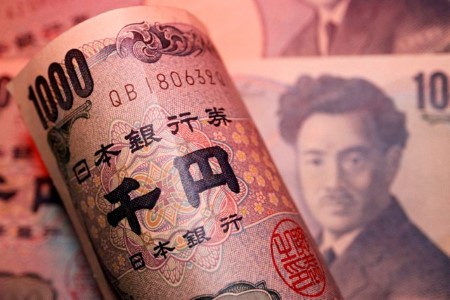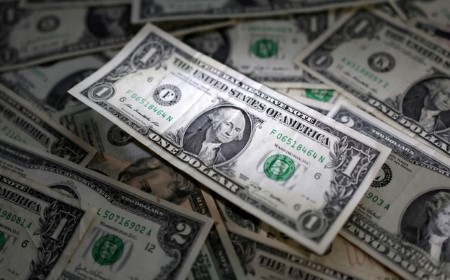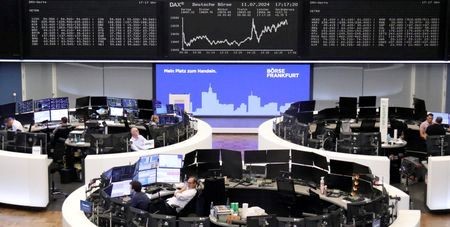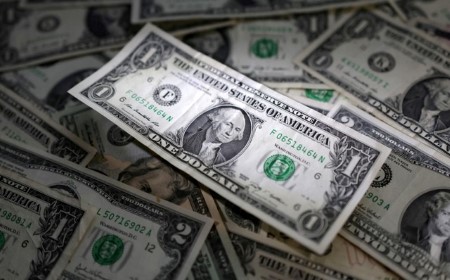NEW YORK/SINGAPORE – For global investors with money in China’s stock markets, the latest economic numbers are not of any comfort and are just a reminder that the recovery they are betting on will take a while to happen.
Monday’s second-quarter growth figures in China pointed not only to an economy growing below target, but also showed there is no sign of improvement in its anemic property sector and the domestic consumer is more pessimistic and unwilling to spend.
That backdrop is a signal to investors it will be a long wait before the world’s second-largest economy is able to have any meaningful recovery that lifts its stock market, which is up just over 1% this year.
“Being a China investor right now is frustrating,” said Phillip Wool, US-based senior managing director at asset manager Rayliant Global Advisors.
Rayliant has been selective but buying some Chinese stocks, which Wool likens to value investing, or a strategy of picking cheap stocks with high earnings potential. Wool says prices should eventually correct higher, but he has no idea when.
After surging some 19% from a multi-year low in February to its highs in May, China’s benchmark CSI300 Index has been middling around the 3,400-3,500 range for the past month.
The Shanghai Composite Index has also fallen more than 6% from its eight-month high hit in May.
A slew of support measures from Beijing earlier this year to prop up its ailing stock market, which saw a change of leadership at the market regulator, had spurred investor hopes that the tide could be turning and sparked a short-lived rally.
But a few months on, the country’s shaky economic recovery and lingering property crisis continue to remain an overhang, with geopolitical challenges spanning rising trade frictions with the European Union and protracted Sino-US tensions adding to headwinds.
“The problem with China is this is a multi-year healing process,” said Michael Dyer, investment director of multi-asset at M&G Investments.
While the authorities and central bank seem to be taking steps in the right direction, “they haven’t come along with the bazooka that the rest of the world wants. There’s still the geopolitical uncertainty,” Dyer said. “So until then, if you’re waiting for certainty, you’re not going to get it.”
BARGAIN-HUNTING
To be sure, some investors have piled in, citing attractive valuations and strong fundamentals, especially for companies that fall under the country’s new growth sectors such as advanced technology and manufacturing.
Chinese stocks are cheap. The S&P 500 index trades at a price-to-earnings (PE) ratio of 23, Japan’s Nikkei trades at 22, India at 23 and the Shanghai benchmark index is at half that number.
The forward 12-month price-to-book value for Chinese equities also stands at 0.95, compared with a value of 1.26 for the broader Asia-Pacific region.
“As value investors, we cannot ignore the opportunities in Chinese equities but we have to temper our enthusiasm given macro and policy risks that China is facing,” said Kamil Dimmich, partner and portfolio manager at North of South Capital EM fund.
He is slightly underweight in the Chinese market overall, but “much less so” than a few years ago when valuations were high.
Foreign flows through the Northbound Connect scheme into Chinese stocks point to 37.6 billion yuan (USD 5.18 billion) worth of inflows to date. Inflows were 43.7 billion yuan in 2023.
Overall, the consensus seems to be that while peak pessimism toward China has passed, most investors are still waiting on the sidelines for a more definite recovery to play out. And the patience of those already committed is being tested.
“It’s painful and stressful being a contrarian and taking in all the negative sentiment and seeing the false starts at a recovery,” said Rayliant’s Wool. “For better or worse, as a long-term active investor in China, I’m used to this.”
(USD 1 = 7.2651 Chinese yuan renminbi)
(Reporting by Laura Matthews and Carolina Mandl in New York and Rae Wee in Singapore, Additional reporting by Gaurav Dogra in Bengaluru; Editing by Vidya Ranganathan and Michael Perry)







 DOWNLOAD
DOWNLOAD













